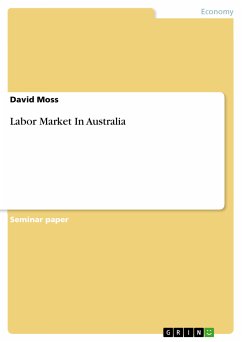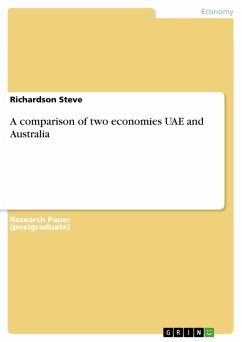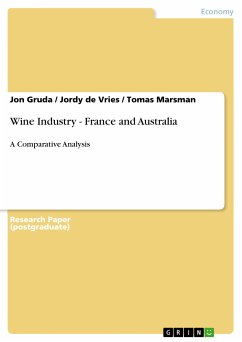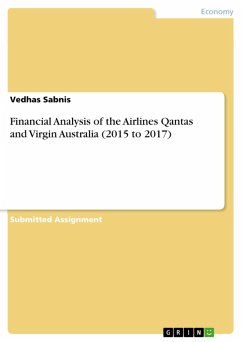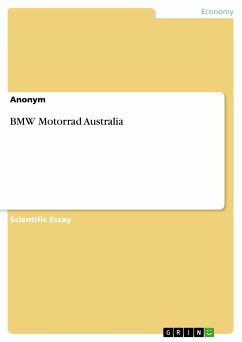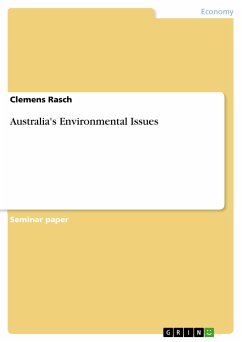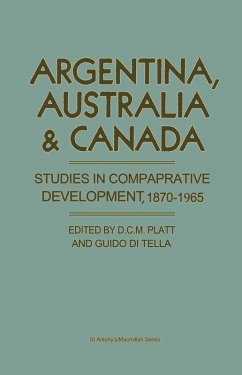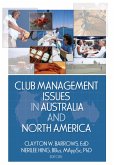Seminar paper from the year 2011 in the subject Leadership and Human Resources - Miscellaneous, grade: A, King`s College London, language: English, abstract: Australian labor market over the period has continued to greatly experience periods of substantial changes. This has largely been in the areas of industrial relations, economic environment and employee relations. Australia seeks to ensure that its labor market remains stable through the creation of better employment and trade systems. The need to address the wage rate and employee relationship remains the focus of the country and various parties involved in addressing the productivity of enterprises (Burgess, 1999). This has seen the government get involved in ensuring that appropriate labor laws and major reforms are made in this sector to improve its productivity. The role of the state in industrial relation therefore has continued to grow and strengthen the labor market providing opportunities for employees to find paying jobs. Various institutions and labor unions have come up to ensure that drastic changes are made in the labor market both regionally and internationally for Australia. Most important has been the flow of information in the labor market from employers to job seekers, determination of the level of market competition, geographical and job locations and how the wage rates have been determined for the Australian labor population (Anon., 2002). Employee relations has been taken seriously by the regulatory bodies and various disciplinary actions have been effected with much concern placed on resolving employee grievances and wage rate related issues. Various institutions and labor unions have sort to ensure that employees understand their rights and roles to play regarding job performance, duty misconduct and various issues that affect and arise in the workplace. Australia labor market addresses applicable regulation issues, legislation involved and various bargaining agreements.
Bitte wählen Sie Ihr Anliegen aus.
Rechnungen
Retourenschein anfordern
Bestellstatus
Storno

